With the popularity of electric vehicles, the market demand for electric vehicle fast chargers will continue to grow. The technology of electric vehicle fast chargers is also constantly developing, and charging speed and efficiency will be further improved. Electric vehicle fast chargers provide fast charging solutions for electric vehicles.
Characteristics of storage battery
Power storage battery is an important part of electric vehicles, providing the main power demand for electric vehicles. The cost of the battery is the main component of the cost of the whole electric vehicle, therefore, the cost of using the electric vehicle is directly affected by the service life of the battery. The longer the service life of the battery, the lower the average annual use of the electric vehicle will be. The basic requirements of electric vehicles for storage batteries can be summarised as follows:
1.High energy density;
2.high power density;
3.Long cycle life;
4.Good charging and discharging performance;
5.Good consistency of the battery pack;
6.Low price;
7.Convenient installation and maintenance.
At present, the batteries used for electric vehicle energy storage and energy supply are mainly lead-acid batteries, argon batteries, lithium-ion batteries and so on. The following is a brief introduction to the basic characteristics of these batteries, as well as charging and discharging characteristics.
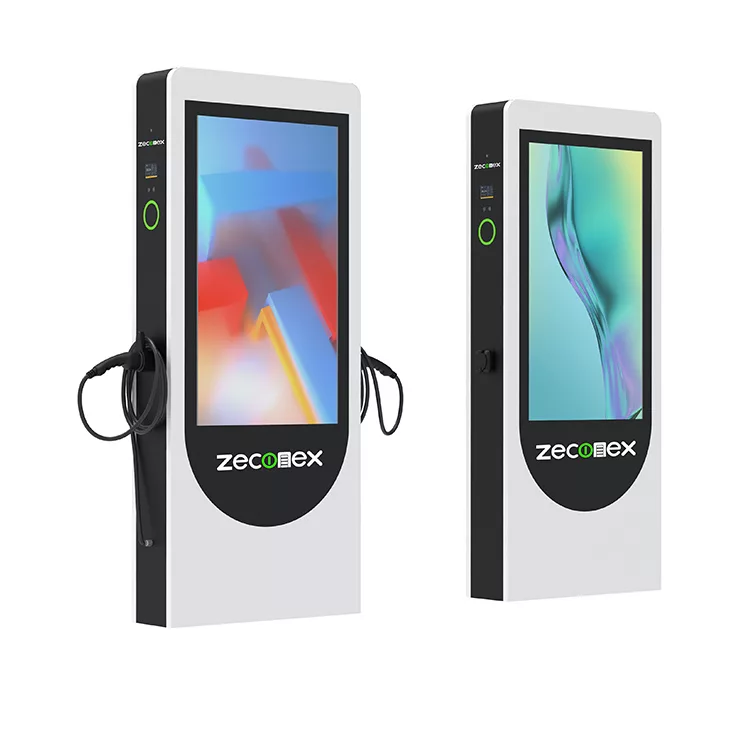
Lead-acid battery
Acid battery refers to the acidic aqueous solution as the electrolyte battery. Among them, the lead-acid battery invented by French scientist Plante is the most widely used. Subsequently, the French used lead-acid batteries as the energy storage and supply device for their invention of electric vehicles, and gradually lead-acid batteries were widely applied to the starting of fuel vehicles. With the progress of science and technology, lead-acid batteries have developed rapidly. The current lead-acid batteries have the characteristics of high open-circuit voltage, low cost and price, simple to use, easy to install and maintain, high charging efficiency, smooth discharge voltage, and easy to achieve mass production.
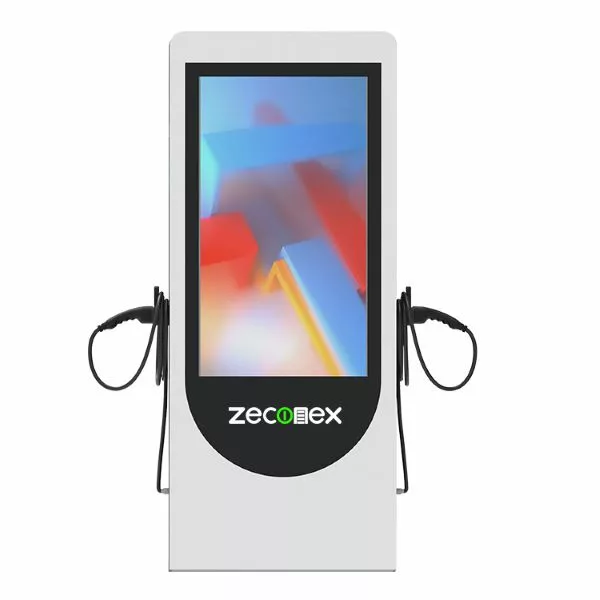
Therefore, in the past decade, the world's first generation of electric vehicles are widely used in lead-acid batteries. As the power of electric vehicles, lead-acid batteries must solve three major problems: improve energy density and power density; improve cycle life; and improve fast charging performance. In order to solve the technical problems of lead-acid batteries in electric vehicles, the International Lead Front Research Organisation set up the Advanced Lead-Acid Battery Consortium (ALABC) in 1992, with the main purpose of promoting the rapid and stable development of lead-acid batteries, so that they can be widely used in electric vehicles. At present, all major automobile companies have joined the research of new lead-acid batteries, making the performance of the battery greatly improved. It is worth mentioning that the valve regulated sealed lead acid (VRLA) battery is now widely used in electric vehicles due to the development of battery technology. It has the advantages of small quality, small self-discharge, long life, low maintenance, no memory effect, no corrosive environment, small size, portable, convenient, etc. Therefore, whether in the use of batteries, maintenance, or battery management, compared with the traditional lead-acid batteries have very obvious advantages. In addition, valve regulated sealed lead-acid (VRLA) battery construction principle is simple, the use of sulfuric acid as the battery electrolyte, lead dioxide for the battery's positive pole, lead for the battery's negative pole. The rated voltage of a single lead-acid battery is 2V, when the discharge rate is in the medium state, the cut-off voltage is 1.75V; when the discharge rate is in a very high state, the cut-off voltage is about 1V, and the energy density of lead-acid battery is more than 80Wh/L, and the specific energy is more than 40Wh/kg, which is able to realise the fast charging of the battery.
At present, the service life of lead-acid batteries used in electric vehicles can reach more than 400 times, which greatly reduces the cost of electric vehicles. The world's most famous lead-acid battery manufacturers are mainly the United States Delphi, Electrosource and GNB, the British Hawker, France Exide, Japan Panasonic, etc. have in-depth research on lead-acid batteries.
Nickel-metal hydride batteries
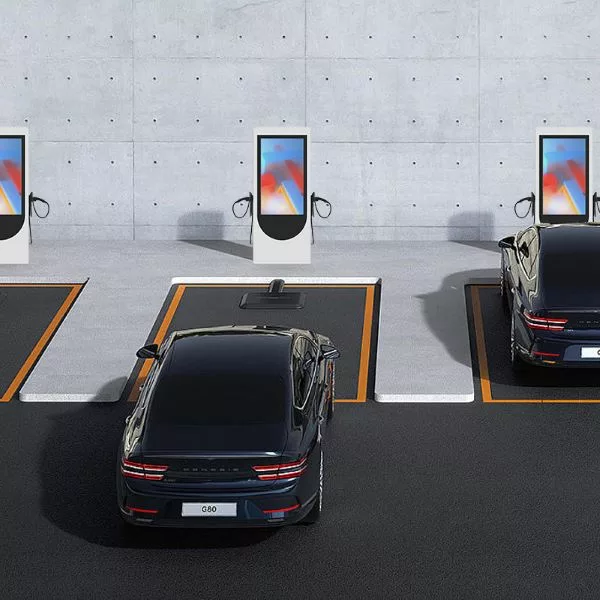
Alkaline batteries are batteries with acidic aqueous solution as the electrolyte. Nickel-metal hydride (Ni-MH) battery is a kind of alkaline battery, because of its production, use and end-of-life will not cause heavy metal pollution, so it will be called "green battery". Nickel-metal hydride batteries have a high specific energy, long life, resistance to overcharging and overdischarging, etc., when fully charged, the voltage is basically unchanged. When overcharged, the battery voltage will appear negative growth. Generally, nickel-metal hydride batteries are charged by high-current charging, and sometimes small-current charging is also used. Nickel-metal hydride batteries also have good low-temperature discharge performance. When using low-current discharge, the discharged power can reach 90% of the total power, even with high-current discharge, the discharged power can reach 85% of the total power. The most common nickel-metal hydride batteries are high-voltage nickel-metal hydride batteries developed by M. Klein and F. Stockel in the United States. In recent years, with the development of hybrid vehicles and fuel cell vehicles, nickel-metal hydride batteries have received more and more attention and are widely used in the electric vehicle industry. The standard voltage of single nickel-metal hydride battery is 1.2V, specific energy is 65Wh/kg, energy density is 150Wh/L, specific power is 200W/kg.
At present, nickel-metal hydride batteries have become the energy storage and energy supply object of choice for many companies' electric vehicles, especially hybrid and fuel cell vehicles. The world's first two commercial electric vehicles - Toyota's RAV4EV and Honda's EV Plus use the battery is nickel-metal hydride power battery. Nickel-metal hydride power storage batteries have been in mass production in various countries, and the main manufacturers are Ovonic of the United States, Saft of France, Panasonic of Japan, Varta of Germany and so on.
Lithium-ion battery
In addition to the two conventional batteries introduced above, some new types of batteries are gradually emerging. Such as lithium-ion battery is a lithium metal as the anode of the battery, it has a high energy density. Lithium batteries are divided into primary lithium batteries and secondary lithium batteries, primary lithium batteries are manganese dioxide as the cathode, lithium metal as the anode; secondary lithium batteries are manganese dioxide as the cathode, lithium metal and carbon as the anode. Because it has the ability to discharge many times, so it is a good solution to the two major problems that exist in the battery charging and discharging life is short and poor safety. Compared with other batteries, lithium-ion battery is the best overall performance. Its advantages are: lower mass density, higher specific energy and power, high energy density, no pollution to the environment, high cycle life times, strong power supply capacity to the load, can achieve high current and continuous discharge to the external circuit. Currently, lithium-ion battery also exists many problems that need to be solved such as high price and cost, rapid discharge performance is not stable, battery overcharge and over-discharge protection measures. Sometimes lithium-ion battery overcharge, will cause battery damage, and may even cause an explosion. In order to protect the safety of lithium-ion batteries and personal safety, lithium-ion batteries must be configured to the battery management system to prevent the battery overcharge and overdischarge. Compared with other batteries, lithium-ion battery capacity and power are relatively large, so it is more suitable for electric vehicles as energy storage and energy supply devices. At present, many domestic and foreign manufacturers of electric vehicles are widely used in lithium-ion batteries. Its energy density, mass density, discharge rate, service life and sealing and other characteristics, are able to meet the United States of America USABC electric vehicles from the demand for batteries. With the development of battery technology, lithium-ion battery as a vehicle power battery has been widely used in electric bicycles, motorbikes, cars.
Comparison of charging methods
Usually electric vehicle chargers are divided into DC chargers and AC chargers. A DC charger is a charger that uses DC charging mode to charge the power battery assembly of an electric vehicle. The DC charging mode is to charge the power battery directly with the controlled DC power output from the charger. AC charger refers to the charger that adopts AC charging mode to charge the power battery assembly for electric vehicles. AC charging mode is to provide charging power to electric vehicles with three-phase or single-phase AC power supply mode. AC charging mode is characterised by the fact that the charger is an on-board system.
According to the different charging methods, electric vehicle charging technology can be divided into: conventional charging, fast charging, battery replacement charging, non-contact charging and so on.
(1) Conventional charging method. According to the charging curve of the corresponding battery, the use of constant current, constant voltage of the traditional charging method of electric vehicles, so that the whole charging process is closer to the intrinsic characteristics of the battery, effectively avoiding the problem of over-charging and under-charging of the battery. This way to lower charging current for battery charging, the relevant technology is mature and reliable, so the corresponding charger work and installation costs are relatively low. Home charging facilities and small charging stations for electric vehicles mostly adopt this charging method. The charging time is generally 8-10 hours. For batteries and electric vehicles, this method is the most safe and reliable charging method, it has no special requirements for the power grid, but its main drawback is that the charging time is too long, not to meet the practical requirements of electric vehicles as a means of transport.
(2) Fast charging mode. Fast charging refers to a method to make the battery reach or nearly full state in a short time. The charging method to 1-3C large charging current in a short period of time for the battery charging. The charging power is very large, can reach hundreds of kilowatts, the charging time of this charging method is close to the refuelling time of fuel vehicles. Its typical charging time can reach 20-30min, but this charging method has a great impact on battery life. In addition, this charging method also needs to take more complex harmonic suppression measures, and is only suitable for large charging stations.
(3) Replacement of battery charging. This method requires vehicle battery pack design standardisation, easy to replace. Vehicle operations need to replace the battery in a timely manner, at the same time the charging station can be specialised management of the battery, but due to the battery pack rapid replacement of specialised requirements, only for standard charging stations, this battery replacement system to use a large number of storage batteries and expensive mechanical devices, but the uncharged and charged batteries need to be stored in the space is particularly large, that is to say, the construction of a battery replacement station to be Than normal charging station or fast charging station occupies a space many times larger, therefore, the initial cost of this battery replacement system is very high, and, at present, the electrical and dimensional parameters of the vehicle power battery is not a unified standard, the market application needs to be improved.
(4) Non-contact charging mode. Electric vehicle non-contact charging mode research is now mainly focused on inductive charging mode. Do not need contact can be achieved charging, at present, Nissan and Mitsubishi have related products launched. The principle is used to provide power between the coil and the receiving coil of electromagnetic induction. That is, a receiving coil device is installed in the car's chassis. Another power supply coil device is installed on the ground. When an electric vehicle is driven to the power supply coil device, the receiving coil receives the current from the power supply coil, thus charging the battery. At present, the cost of this charging method is high, and it is still in the laboratory development stage, and its function is still to be verified.
To sum up, the charging of electric vehicles is still based on conventional charging, supplemented by rapid power charging. This can ensure the charging efficiency and charging cost requirements. Fast charging needs to study and solve the problem of battery charging acceptable current and charging polarisation. The charging acceptability of the battery refers to the maximum charging current that can be accepted under the premise that the electrolyte only produces a trace amount of subdivided gas.
Traditional battery charging methods can be divided into constant current charging, constant voltage charging, pulse charging three different charging methods, according to the specific circumstances of the choice of a charging method or a combination of several methods, most of the modern intelligent battery chargers are also based on these three traditional charging methods, such as: segmented constant current charging, variable current intermittent charging, positive and negative pulse charging and so on.
Constant current charging
Constant current charging is a charging method that uses the method of adjusting the output voltage of the charging device or changing the series resistance of the battery to make the charging current strength constant. This control method is very simple, but with the charging process, the ability of the battery to accept the current is gradually declining, in the late charging stage, the charging current is generally used for electrolysis of water, generating a large number of gases, which is the inevitable fatal shortcomings of constant current charging.
Constant voltage charging
Constant voltage charging refers to all charging time, charging power supply voltage to maintain a constant value, the current with the rise in battery terminal voltage and gradually reduce the charging process curve shown in Figure 2-9. It can be seen that the charging process is closer to the optimal charging curve than the constant current charging method. Constant voltage for rapid charging, due to the charging of the initial period, the battery electromotive force is low, the current is large, but with the charging process, the current will be gradually reduced, therefore, the control system is very simple. The significant advantage of this charging method is that there is little electrolytic water, which can avoid the phenomenon of overcharging the battery. However, the current is too high at the beginning of charging, which will seriously affect the life of the battery, and the battery is easy to be scrapped because of the bending of the pole plate. Therefore, only when the charging power supply voltage is very low and the current is very high, otherwise constant voltage charging is seldom used.
Segmented constant current charging
Segmented constant current charging method refers to the battery in the charging process, if the charging current has been close to the acceptable charging current, then you can shorten the charging time, and then achieve rapid charging. According to the characteristics of different charging stages of battery charging, the charging process is divided into three stages: at the initial stage of charging, a larger charging current should be used, after a period of time, then switch to a smaller current, and at the later stage of charging, a smaller current is used. Based on the fast charging method, the segmented constant current charging method further subdivides the charging process and realises the purpose of battery protection and fast charging by constantly changing the charging current size, which is a widely used charging method at present. Compared with conventional charging and discharging methods, the use of constant current charging method can greatly extend the cycle life of the battery, but there are a number of problems, the first charging does not eliminate the polarisation phenomenon within the battery, the charging time is difficult to significantly reduce. The second charging equipment according to this fast charging mode of operation, the design must be based on the maximum charging current design, and in the charging process of the drop more, so can not make full use of the capacity of the charging equipment.
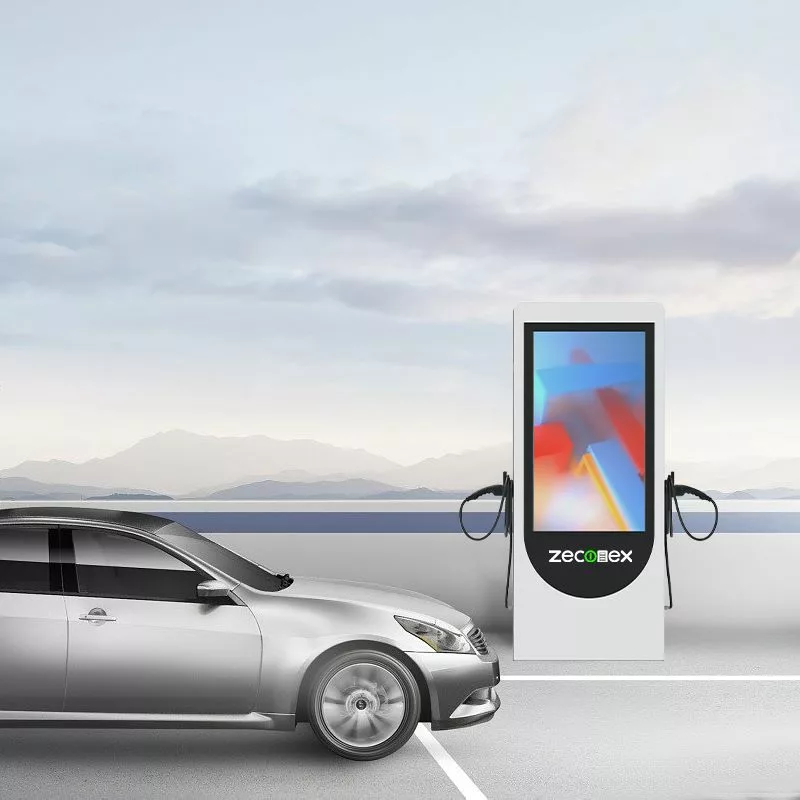
Variable-current intermittent charging
Variable current intermittent charging method based on segmented constant current charging and pulse charging is characterised by changing the constant current charging section to voltage-limited variable current intermittent charging section. That is, the first start charging current to take a larger current value for battery charging, as the battery voltage rises, once it reaches the cut-off voltage will stop charging. At this time, the battery voltage will drop sharply, after keeping a period of time to stop charging, will be in a certain way to reduce the charging current, but at this time is to continue charging state. When the battery voltage reaches the cut-off voltage for the second time, it will stop charging again, so that it can be repeated several times to reduce a certain cut-off current value. Finally, the set cut-off current is used for charging, and the whole charging process ends when the conversion voltage value is reached. The mode of the variable current intermittent charging method is to increase the charging current by the variable current intermittent method under the condition of limiting the charging voltage first, and then charge as much power as possible by the method of reducing the value of charging current one by one. This method not only accelerates the charging process, effectively shortens the charging time, but also makes it possible to charge more power.
Variable voltage intermittent charging
Based on the variable current intermittent charging method, variable voltage intermittent charging is proposed, which differs from the variable current intermittent charging method in that the first stage is intermittent constant voltage instead of intermittent constant current. This method is more in line with the charging curve of optimal charging. In each constant voltage charging stage, the charging current will naturally decrease according to exponential law. With the charging process, the acceptable rate of battery current will gradually decrease.
Pulse charging
Pulse charging mode refers to the charging process, let the battery in time for a short period of time discharge can quickly eliminate the polarisation phenomenon, greatly improving the battery can accept the charging current. This method is a relatively new charging method, especially in the application of lithium battery charging. Specific charging process: pulse charging mode is the first constant current charging stage, in the constant current charging process using constant current charging to charge the battery, can make most of the energy is transferred to the battery's internal. When the battery voltage reaches the charging termination voltage, it is immediately transferred to the pulse charging stage, and the battery is charged intermittently with the current value of the constant current charging stage. Then, after charging for a certain period of time, the charging circuit is cut off. During the charging stage, the battery voltage rises continuously due to the presence of charging current, and eventually exceeds the termination voltage of charging. When the charging circuit is cut off, the battery voltage will slowly decrease due to the disappearance of the charging current. When the battery voltage returns to the termination voltage, the charging circuit is opened again.
When the battery voltage returns to the termination voltage, the charging circuit is opened again and the next pulse charging cycle starts. The intermittent period eliminates the phenomena of differential polarisation and ohmic polarisation of the battery, which reduces the internal pressure of the battery, and the battery will gradually fill up by absorbing more power, which gradually slows down the decline of the terminal pressure of the battery, and makes the next cycle of constant-current charging proceed smoothly. The advantages of the pulse charging method are low cost, fast charging, sufficient charging volume, high charging efficiency, not easy to damage the life of the battery, so it has been widely used.
In summary, at present, the charging system to improve the method is mainly around the following two to start: that is, on the one hand, charging to try to speed up the chemical reaction of the battery, so that the charging speed to get the biggest increase, shorten the charging time, to achieve rapid charging of the battery process, improve the efficiency of the battery; on the other hand, in the shortening of the charging time at the same time to make the charging current is always in the vicinity of the battery's acceptable charging current On the other hand, while shortening the charging time, the charging current should always be in the vicinity of the acceptable charging current of the battery so that the charging Curve can simulate the optimal charging curve of the battery as much as possible, eliminating the influence of polarisation and other unfavourable factors on the performance of the battery to ensure the service life of the battery and cycle performance.
Charging control technology
There are many ways to judge the termination of battery charging, the most important of which are: timing control method, voltage control method, temperature control method, integrated control method and so on.
Timing control method
This control method determines the required charging time according to the capacity and charging current of the battery. Therefore, charging is terminated when the desired time is reached. However, since the state of the batteries at the beginning of charging is not exactly the same, there may be different charging results, i.e., some batteries are undercharged and some batteries are overcharged, if the timing control method is adopted. Therefore, the timing control method is only allowed when the charging rate is less than 0.3C.
Voltage control method
Voltage is one of the easiest parameters to detect in a battery, therefore, voltage control method becomes a common method to terminate fast charging. The voltage control method can be divided into three kinds.
(1) the highest voltage method. By Figure 2-5 lithium-ion battery charging characteristics curve, the battery voltage if the maximum value indicates that the battery has been fully charged. In the entire charging process, you can monitor the maximum voltage method to determine the termination of rapid charging time. However, the shortcomings of the maximum voltage method is that with the charging environment, charging rate is different, the maximum voltage of the battery is fully charged will also be different, so using the maximum voltage method to determine whether the battery is fully charged is also not accurate enough.
(2) Negative voltage increment method. Because the absolute voltage of the battery and the battery voltage negative increment has nothing to do with the rain and not affected by the charging rate and ambient temperature and other factors, therefore, it can be considered that the charging process voltage negative increment is the battery has been fully charged at the moment. But the shortcomings of the negative voltage increment method is: for nickel-metal hydride batteries fully charged after a longer period of time before the negative voltage increment, when the battery voltage negative increment, the battery at this time has long been charged, the temperature of the battery has also been a substantial increase, which will seriously damage the battery.
(3) Zero voltage increment method. This control method avoids the shortcomings of the negative voltage increment method, i.e., damage to the battery as a result of waiting too long for a negative voltage increment to occur. Therefore, the zero-increment method is widely used. However, this method is still not perfect, such as for nickel-metal hydride battery chargers. In a certain period of time before charging, the battery voltage change may be very small, which may result in premature stopping rapid charging. Therefore, for most of the nickel-metal hydride battery rapid charger, basically using high-sensitivity voltage negative increment method for detection, when the battery voltage has a small decrease, it will immediately stop rapid charging.
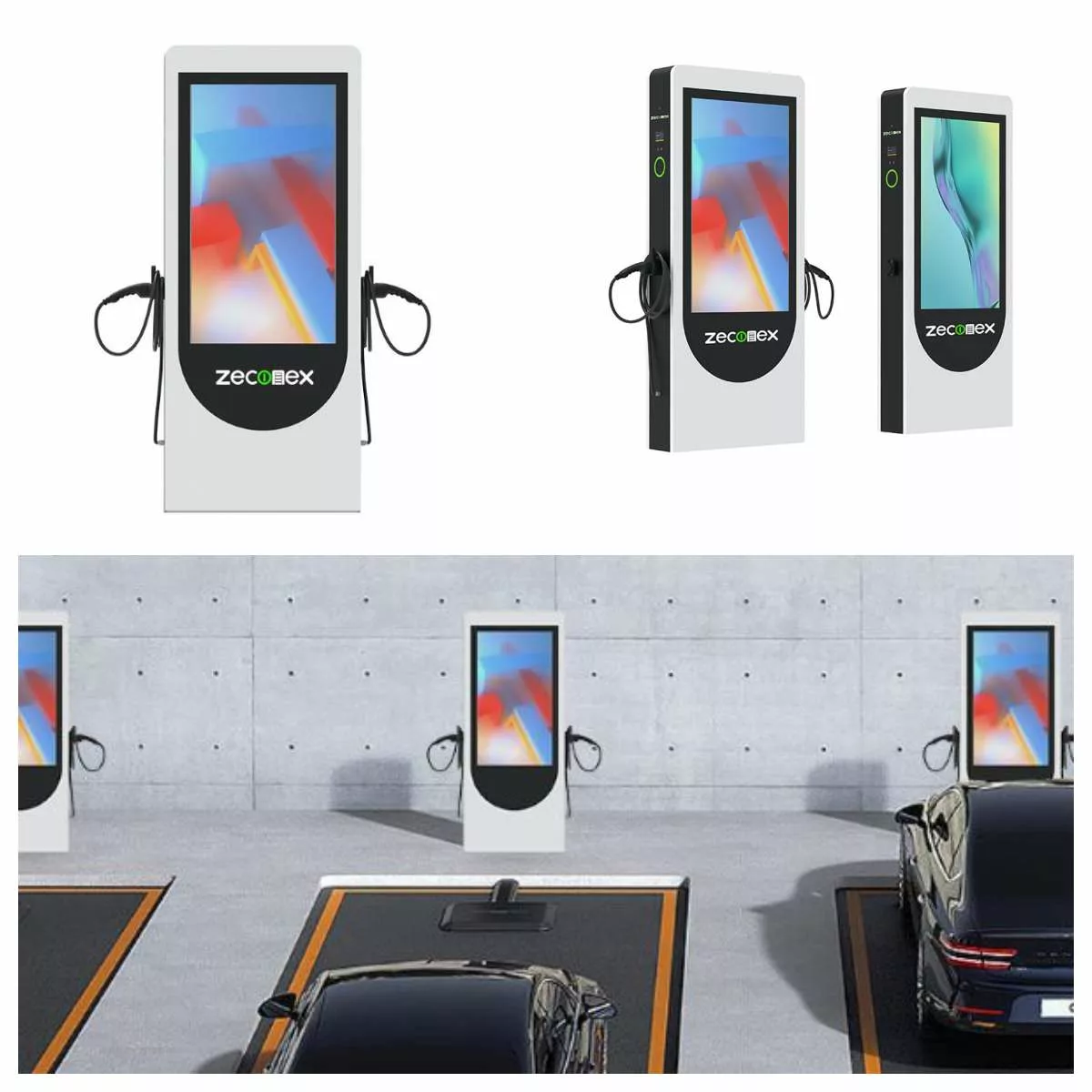
Temperature control method
Battery charging is greatly affected by temperature, when the battery temperature is too high, the battery may be damaged; when the battery temperature is too low, the battery can not be fast charging. Therefore, generally in the battery temperature rises to a given value, should immediately let the rapid charging stop, in order to achieve this function, the battery temperature must be detected and controlled. Commonly used in the following four methods of temperature control.
(1) maximum temperature method. The principle of the maximum temperature method is that in the process of charging the battery, if the temperature of the battery reaches 45°C, the rapid charging should end immediately. Therefore, it is necessary to detect the battery temperature, this paper through the thermistor sensor to achieve the detection of battery temperature. However, due to the long delay in the response time of the thermistor sensor, the detected temperature has a certain time lag. At the same time, the maximum temperature of the battery when charging will be affected by the temperature of the surrounding environment. For example, when the ambient temperature is low, even if the battery is fully charged, the battery temperature cannot reach 45℃C.
(2) Temperature rise method. The principle of this control method is that when the temperature rise of the battery reaches the specified value, it stops rapid charging immediately. The advantage is that it can eliminate the influence of ambient temperature. The disadvantage is that two thermistors must be used to detect the battery temperature and ambient temperature, in order to get the temperature rise value.
(3) Temperature rate of change method. The principle of the control method is nickel-metal hydride and nickel-cadmium battery temperature in the fully charged will rise rapidly, and the two kinds of battery temperature rise rate is basically the same, by detecting the rate of rise of the battery temperature, when the rate of rise reaches 1 "C per minute, it is the termination of the rapid charging immediately. In recent years, this temperature control method is nickel-metal hydride and nickel-cadmium battery chargers are commonly used. It should be noted that, due to the thermistor resistance and temperature relationship is non-linear, therefore, in order to improve detection accuracy should try to reduce the thermistor non-linear effect.
(4) Minimum temperature method. When the temperature of the battery is lower than 10°C, the life of the battery will be seriously affected if high current is used for rapid charging. Therefore, when the temperature is lower than 10°C, the charger should adopt trickle charging, and only when the temperature of the battery rises to 10°C,does the charging method adopt fast charging.
Integrated control method
Integrated control method. Timing control method, voltage control method, temperature control method have their own advantages and disadvantages, in order to ensure that the battery's charging state in any case can be accurately and reliably controlled, the current battery charging control technology generally use a combination of the above methods for integrated control.
Summary of this chapter
This chapter is divided into three parts to introduce a variety of power battery characteristics, a variety of charging methods and a variety of charging control methods. Battery characteristics include the characteristics of lead-acid batteries, nickel-metal hydride batteries, lithium-ion batteries. Charging methods include constant-current charging, constant-voltage charging, segmented constant-current charging, variable-current intermittent charging, pulse charging and so on. The charging control method introduces the timing control method, voltage control method, temperature control method and integrated control method. They are the theoretical basis of this design, and provide theoretical basis for the design of rapid charger later.
